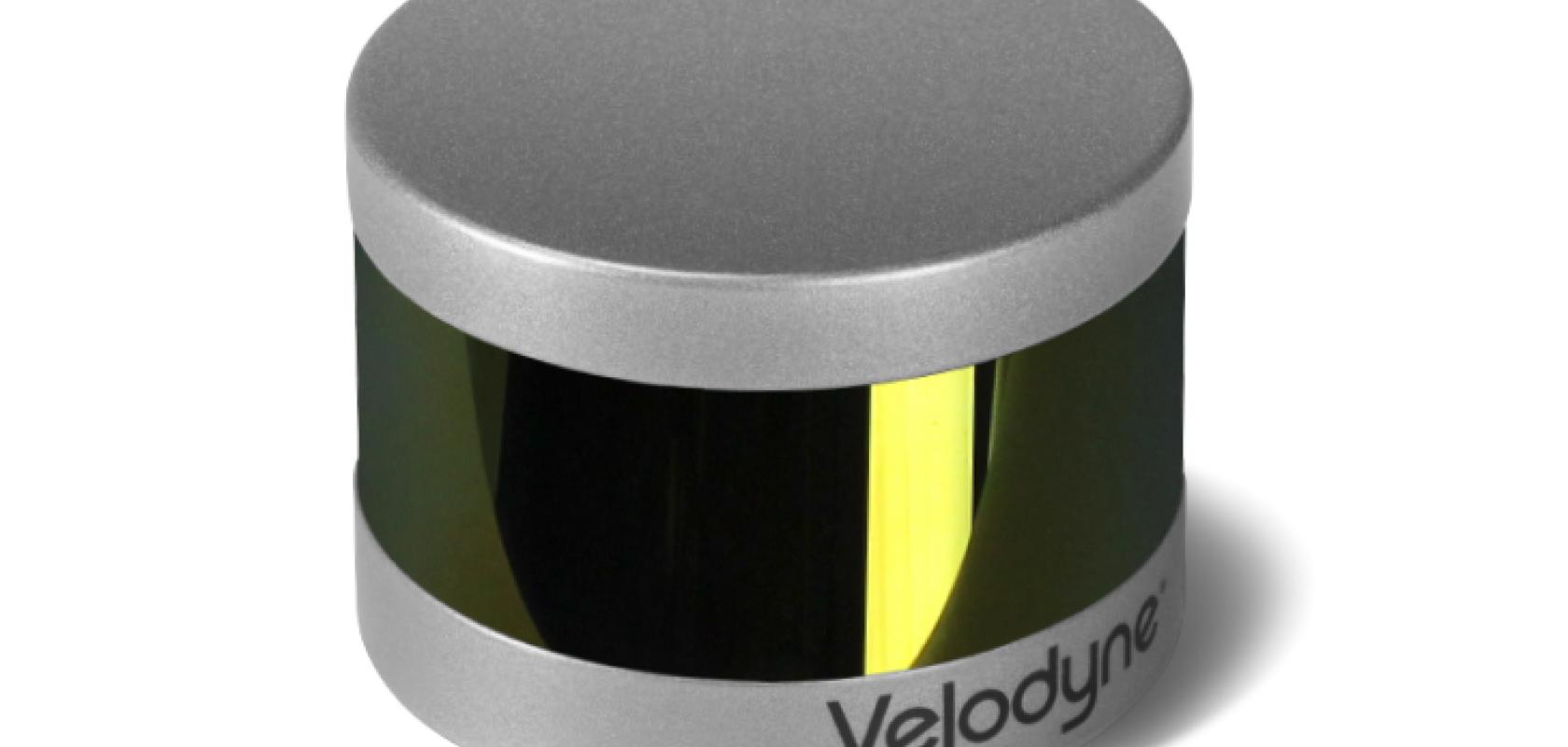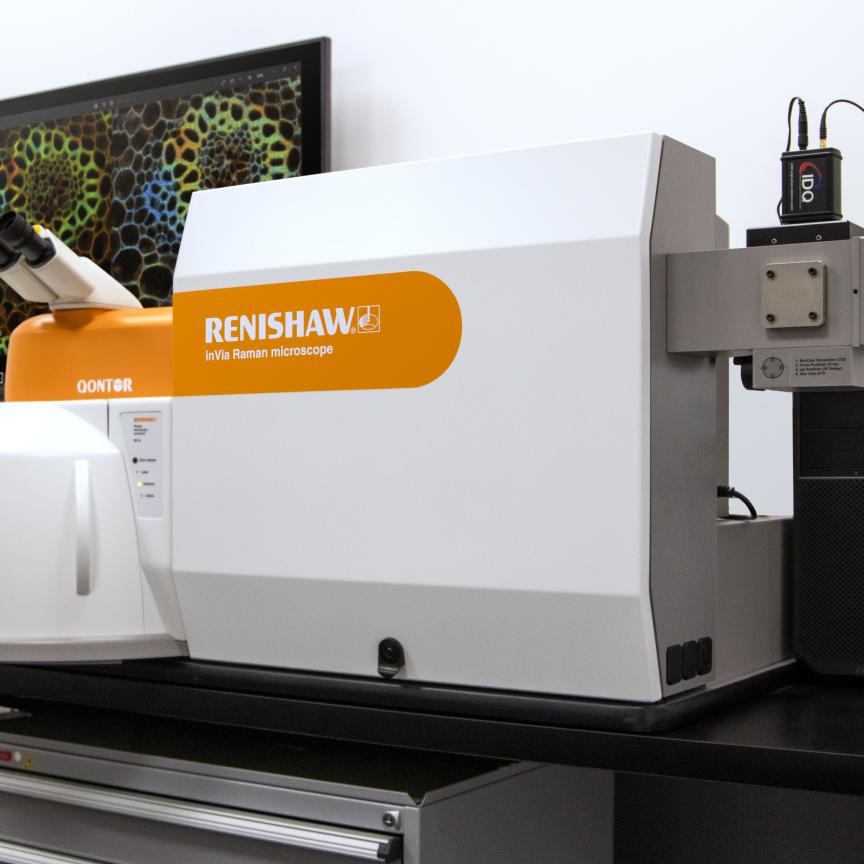Automotive lidar manufacture Velodyne has announced a 50 per cent cost reduction for its most popular sensor system, with the intention of making autonomous driving technology more accessible and to encourage an increased uptake of lidar technology around the world.
The VLP-16 Puck lidar sensor was launched in 2016 and has since had been used in multiple application areas, including automotive, freight, 3D mapping, unmanned aerial vehicles (UAVs), industry, and robotics. It offers small dimensions, high accuracy and high reliability for real-time 3D vision with 100 metres of range and a 360-degree surround field-of-view.
‘The VLP-16 opened the door for advanced lidar technology in several industries that benefit from real-time 3D data in a small form factor,’ said Mike Jellen president of Velodyne Lidar. ‘As interest in lidar technology grows around the world, we’re gratified to know that the Puck will be one of the most widely used and accessible sensors available.’
Velodyne Lidar’s systems are now produced autonomously and in large volumes due to the firm’s establishing of a megafactory in San Jose, California, last year.
‘The megafactory today leverages advanced and streamlined manufacturing techniques to build a range of Velodyne Lidar sensors, including the Ultra Puck VLP-32C and the recently announced VLS-128,’ said Velodyne, whose number of full-time employees has resultantly more than doubled over the past six months.
The announced reduction in price of the VLP-16 Puck system has since been enabled by the new manufacturing capabilities of the firm.
‘Demand for our VLP-16s grew tremendously in 2017. As a result, we increased capacity and now can pass along savings as cost reduction to our customers,’ confirmed David Hall, founder and CEO of Velodyne Lidar. ‘With this cost reduction, we’ll be able to get more Pucks into the hands of more customers, support the growing number of autonomous vehicle development fleets around the world...’
Velodyne Lidar invented and patented the world’s first 3D real-time lidar sensor for autonomous vehicles. Over the past decade its sensors have since been installed in thousands of autonomous vehicles for dozens of autonomous vehicle programmes in more than ten countries.
‘We want to make 2018 a year of optimism for the autonomous vehicle, especially as the first waves of robocabs hit the road,' concluded Hall. 'Our goal is the democratisation of transportation safety by making it accessible to every man, woman, and child in the world as quickly as possible.’
Related Articles
Automotive lidar market to reach $1.4 billion by 2022
Automotive lidar firms receive investment boost
Ford's Argo AI acquires Princeton Lightwave
Velodyne Lidar sensors used in UAV surveying systems


